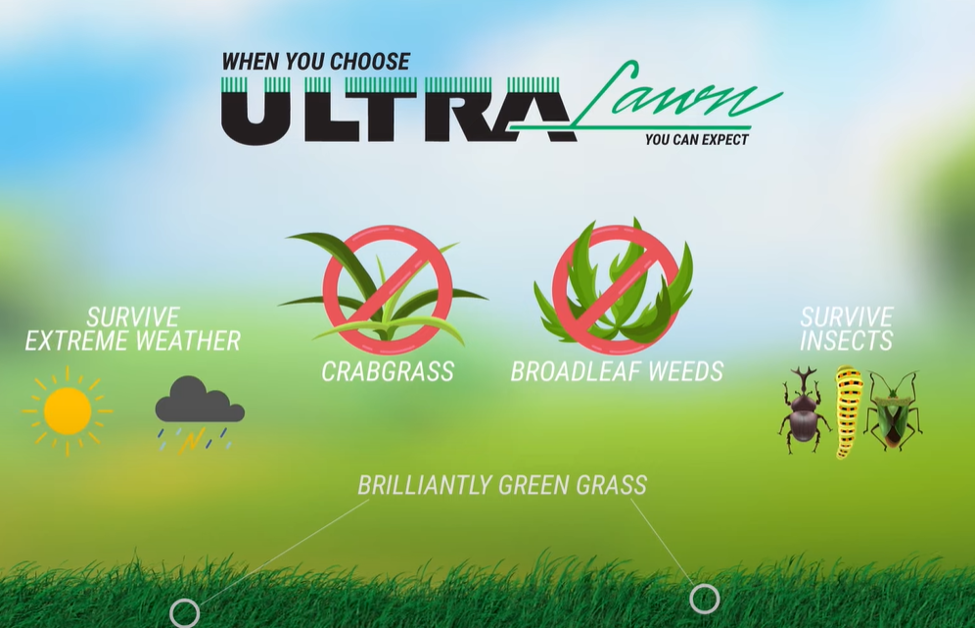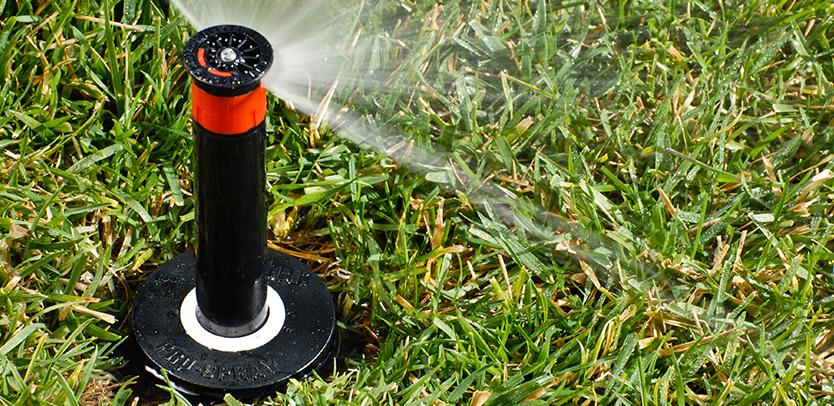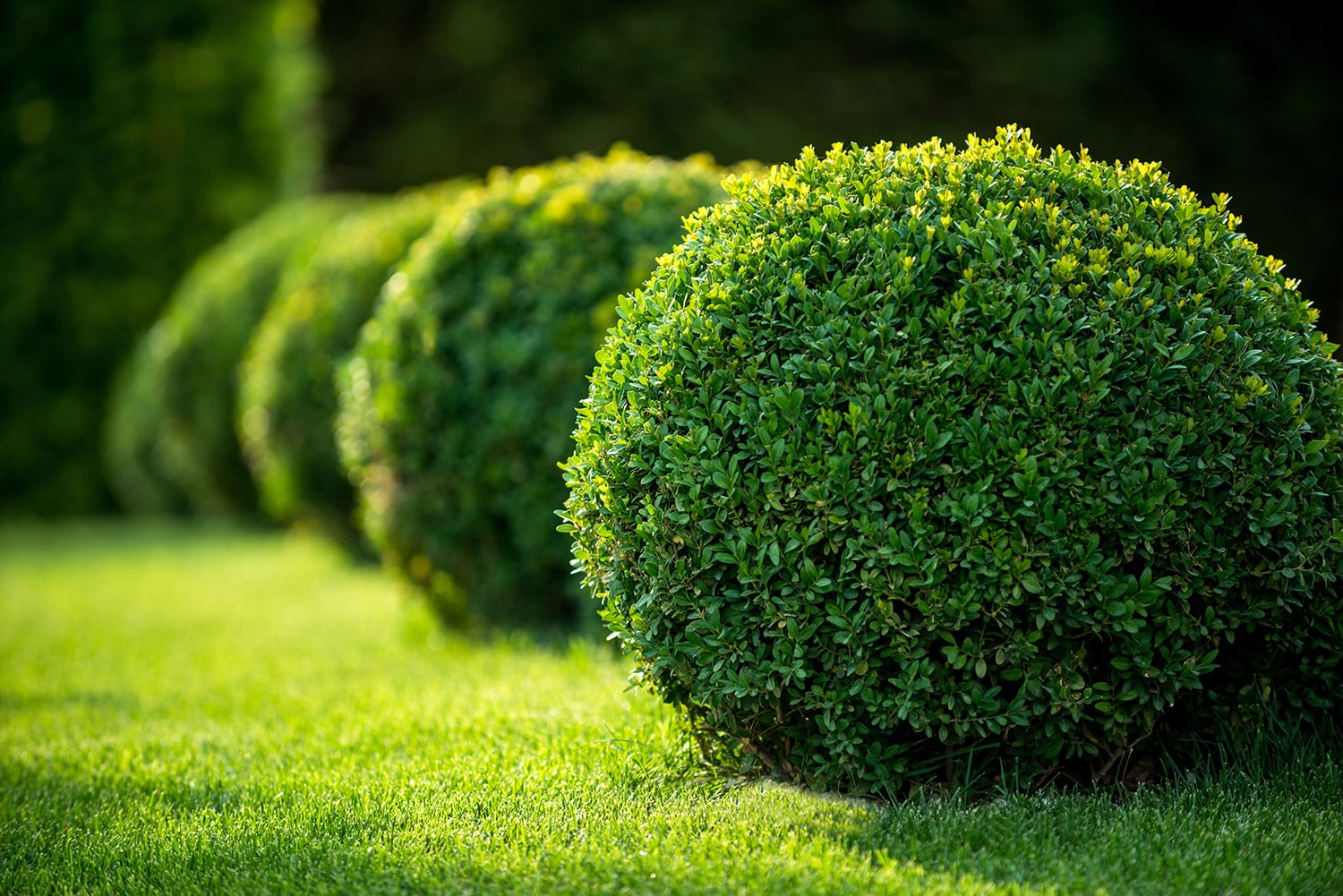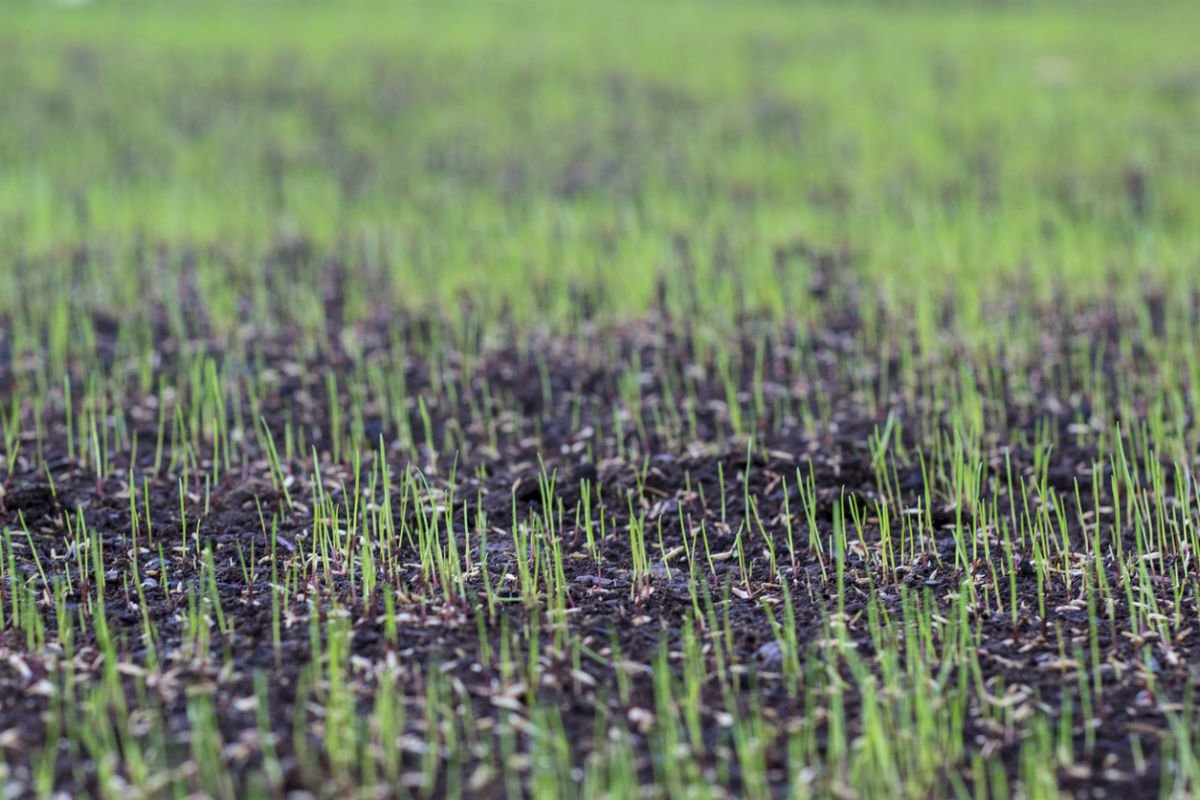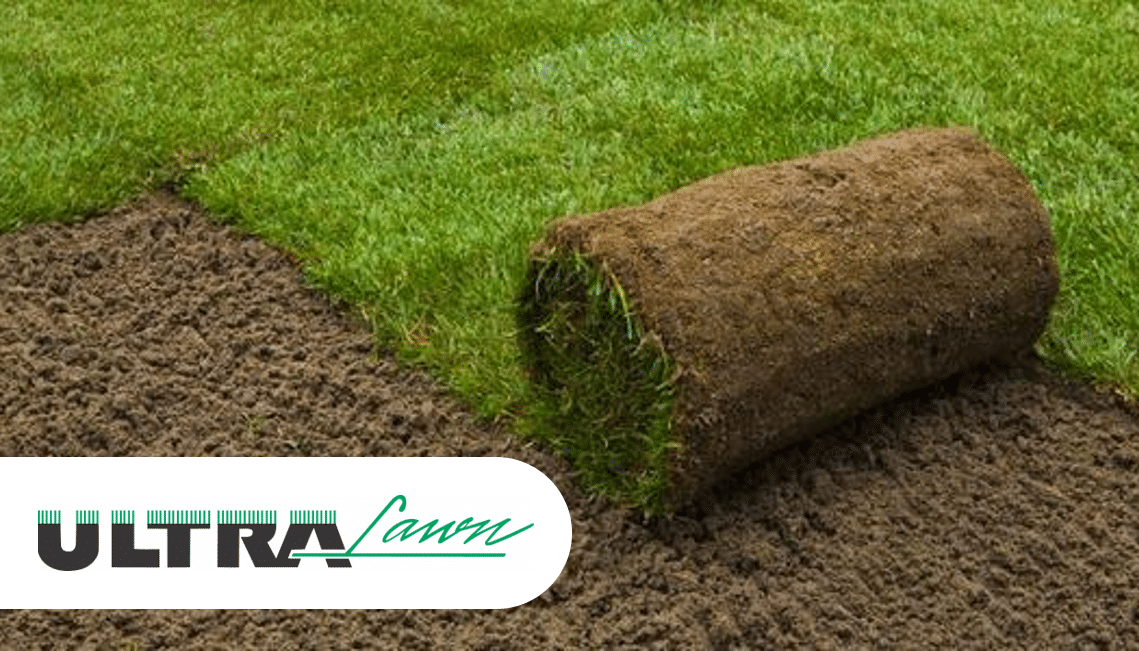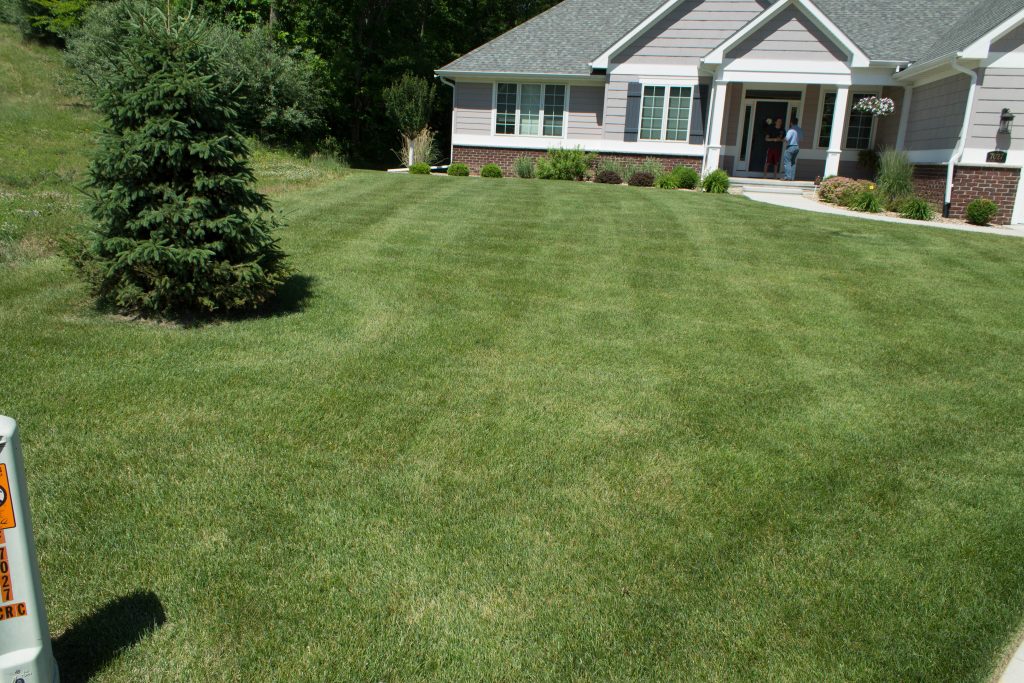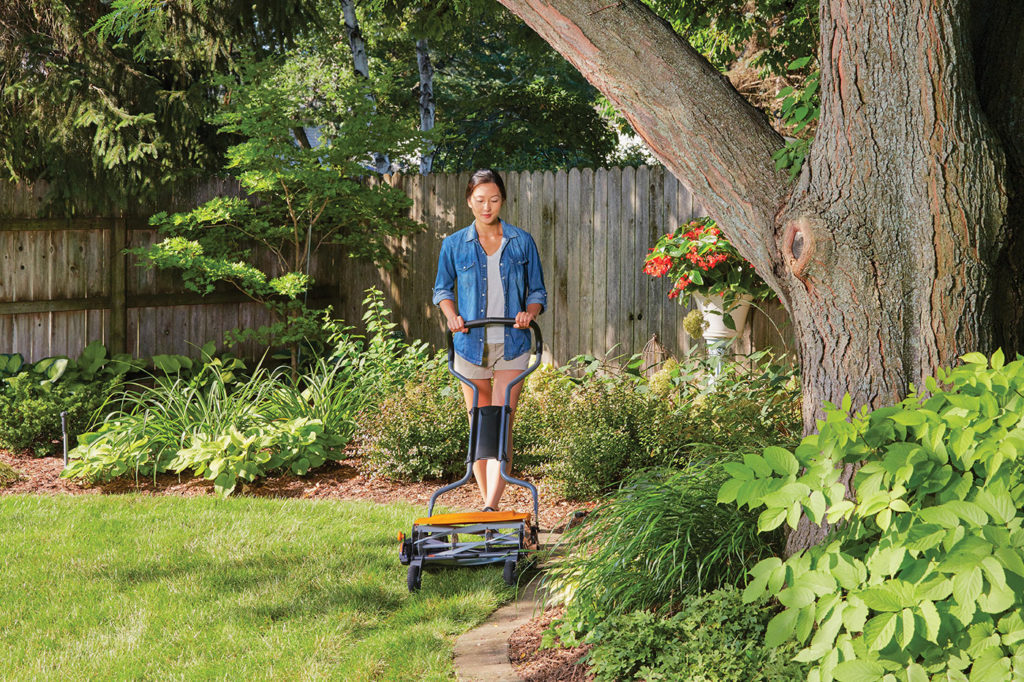Local, Iowa Lawn Expertise & Tailored Programs
If you’ve taken some time to look through our website, or are an existing customer, you’ve noticed the pride that we take in providing the best service possible! From using the most effective products available to thorough communication with customers (both existing and potential), we take every step possible to make sure we’re doing things the right way. ULTRALawn has served eastern Iowa homeowners since the 1970s, making us one of the longest standing lawn care companies in the area.
Our staff consists of educated and experienced individuals, most of which are native to Iowa. Having decades of local knowledge has been critical in helping us craft lawn care programs that utilize the correct products at the right times. We respond quickly to issues that are affecting our local environment, and we understand that our unique micro-climate requires the kind of care that may not fit into a “textbook” program.
Conventional wisdom has long recommended an application of pre-emergent crabgrass control in the early spring. Over the years, we’ve added pre-emergent herbicide to our second treatment in the spring. The window for crabgrass germination outlasts a single application in the spring, so we’ve modified our program to include a second dose of herbicide, ensuring that your lawn stays free of crabgrass and foxtail. While it is just one example, there is a constant evaluation of product usage and timing to better fit our unique climate.
Value Over Price
Cost is one of the most important factors a customer weighs when deciding between companies and products. UltraLawn will never sell itself as the cheapest lawn care provider, but we instead stress value. Our lawn program isn’t just like everyone else’s. What makes us different is what makes us better. It’s very important that we are proficient in communicating what sets us apart from our competitors. Here are some important points to convey if someone is trying to cancel, or wondering why they should consider us:
- We are a LOCAL If they call, they are talking to someone in Hiawatha who personally knows the technicians that work on our customers’ lawns. TruGreen, Weed Man and Naturescape are national chains, and even though they may have a local number, there’s no guarantee that the person they talk to is actually in the area.
- Grub Control is part of the 6-application program. Most importantly, anyone who receives the grub preventer is eligible for ONE FREE INSECTICIDE APPLICATION if there is an insect breakthrough. The product we use has a manufacturer’s guarantee and we honor that.
- Nutsedge treatments are not an additional service. We do this when we spot-treat weeds as part of our mid-summer application. If necessary, we give our technicians the necessary product to spot treat for this when we complete our early Fall application as well. I have seen our competitors charge extra for nutsedge treatment.
- Our fertilizer has a higher percentage of organic matter and biosolids than our competitors. This means that we are giving the plant the nutrients it needs AND building the topsoil with a superior product. Synthetic fertilizers are made with fillers that have no benefit to the lawn. We use products that are designed to release slowly, giving turf a steady diet of what it needs. Color and growth are more consistent using these products, and we avoid peaks and valleys in the appearance of a lawn.
- We offer FREE service calls to any customer that receives 4 consecutive applications or more. These help us maintain our guarantee of satisfaction and are often necessary when dealing with especially persistent weeds.
At some point, a customer may show you an estimate or mailer advertising prices that we can’t compete with. More than likely, those are introductory prices meant to generate new sales. What will the prices be after the first season with that company? Our pricing is based strictly on the size of the lawn, making us consistent and fair.
UltraLawn isn’t just selling a quality lawn and healthy turf; we’re promising our customers a team of people that is approachable, friendly, cooperative, honest, and wants to work with the homeowner to give them the outdoor space they hoped for. Our technicians are the most important piece of that puzzle, and are the face that our customers most frequently see and recognize. When our customers feel like they have a relationship with their lawn technician, they are more likely to keep us as their lawn care provider.
Transparent & Consistent Lawn Care Pricing
There are many companies offering lawn care services in our area. In fact, you probably have received a call or mailer from at least a few of them! Larger, nation-wide companies (Tru-Green, NatureScape, WeedMan, Spring Green) can aggressively advertise and have marketing teams dedicated to soliciting new business. One marketing ploy we frequently see from our competitors is offering low introductory pricing. These discounts are great if the main goal is to save money, but those prices will inevitably rise, and the end result is a disappointed customer. We believe in consistency and honesty, and there will never be games with our pricing at UltraLawn. We promise results, knowing that the best value is achieved by doing our job better than everyone else.
Personalized Customer Service
We all have probably encountered a situation where we had to call customer service for an issue that seemed like a relatively quick fix. However, after being led through a maze of menu options, you’re left waiting on hold for several minutes. When someone finally does pick up on the other end, you’re forced to repeat all of your information again, the individual is in a call center far away from home, or you get transferred to another person who may or may not be able to actually help. It’s disheartening to know that if an issue comes up with your lawn, your call could be going to a main office in Chicago, Memphis, or Ontario!
When you call UltraLawn, you can be assured that your call will be answered by someone in our lone office in Hiawatha. If you need to leave a message for someone, your call will be returned by a trusted expert who has been to your property and has the knowledge to answer your questions. It can be very reassuring to know that, when dealing with a locally owned business, you’re more than “just a number”.
Choosing the right lawn care provider is about more than just prices. It’s about finding a company that values local expertise, offers exceptional value, transparent pricing, superior products, and personalized customer service. At UltraLawn, we stand out in all these aspects, and we’re committed to delivering the highest standard of lawn care to our customers. Contact us today to experience the UltraLawn difference!

